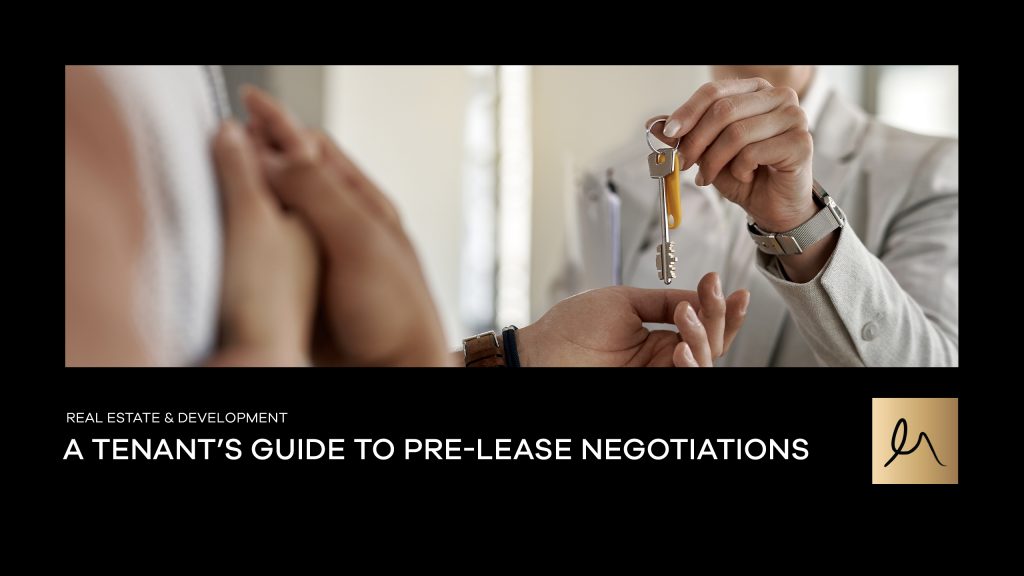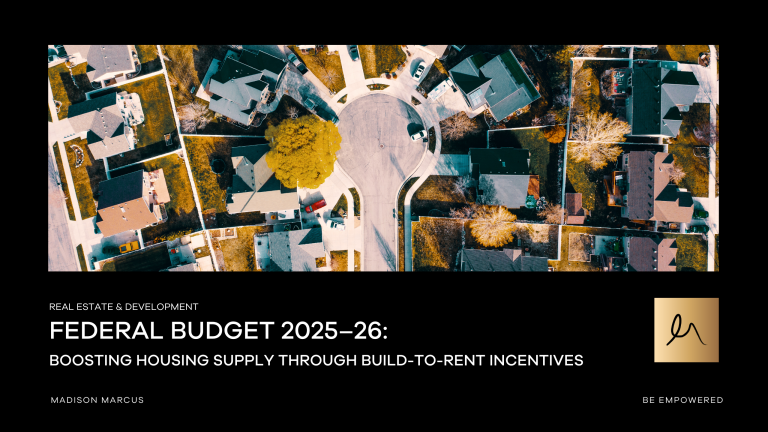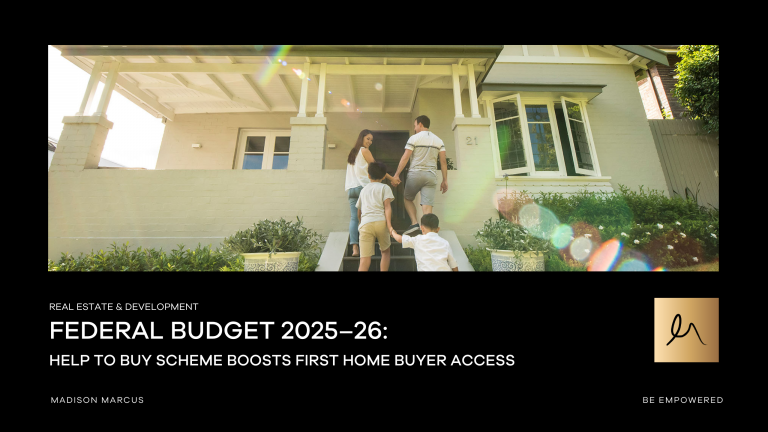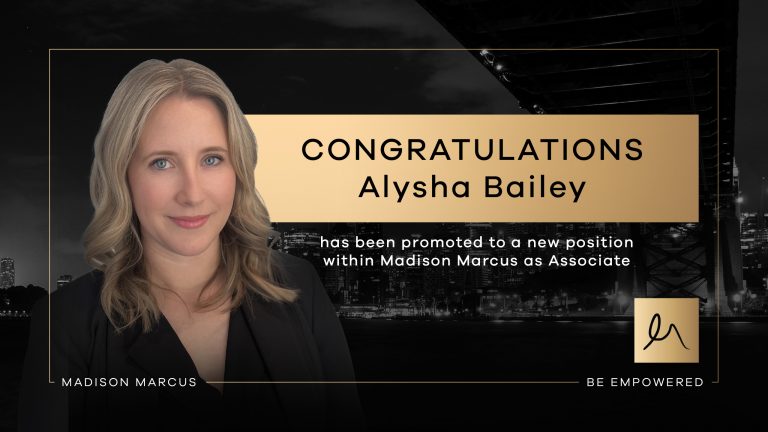Unlocking Lease Agreements: Understanding Tenant Rights and Responsibilities
What is a Lease?
A lease is a legally binding contract under which a property owner (landlord) grants a tenant the right to exclusively occupy specific premises for a specified period of time. It sets out the rights and obligations of both landlord and tenant with respect to the premises, including:
- the use to which the premises may be put;
- the length of the lease term;
- the rent and how rent is to be reviewed;
- any outgoings and other costs payable by the tenant;
- repair and maintenance;
- the condition in which the tenant must leave the premises at the end of the lease; and
- the consequences of early termination of the lease.
Ensuring Tenant Protection: Essential Pre-Lease Considerations
A well-considered heads of agreement/leasing proposal (HoA) and proficiently reviewed (or drafted) and negotiated lease are fundamental to protect a tenant’s interests. At the very least, a tenant should take the following pre-lease steps:
Conducting Comprehensive Due Diligence
Initial Due Diligence
Due diligence is imperative. Not only must a tenant ensure that the premises are suitable in terms of physical and demographic area, proximity to and easy access for the tenant’s customer-base, etc, they must also ensure that the premises are able to be lawfully used for the tenant’s proposed purpose. Further, it is important to identify whether a lease will be classified as a commercial lease or a retail lease.
Verifying Permitted Usage and Legal Compliance
Permitted Use
The lease, which is generally prepared by or on behalf of the landlord, will invariably state that the landlord does not warrant that the premises are suitable for the permitted (or any) use, and also that the tenant warrants that it has satisfied itself as to all such matters. Enquiries should therefore be made to ascertain such things as whether local planning laws permit the tenant’s proposed use of the premises, whether any proposed fit-out requires development consent, whether there are any proposed developments, etc, which may affect the tenant’s access to and use of the premises and like matters. Due diligence on these issues will ideally include the tenant obtaining advice from its town planner or architect and, if there is any question as to whether consent will be forthcoming, to make entry into the lease subject to development consent being obtained.
Other examples of important considerations include:
- where the proposed lease is for a café or restaurant, the tenant should ensure that the landlord will be providing a grease trap and adequate connections for ventilation/exhaust (which can otherwise be very costly works for the tenant) and/or negotiate a contribution from the landlord to the cost of installing any such items;
- if the landlord is providing equipment, such as air-conditioning, in the premises, it is prudent for a tenant to have any such equipment checked by a qualified technician to assess its condition and ensure it is operating to relevant standards and, if not, requiring replacement prior to lease commencement.
Understanding Retail Leases
Commercial or Retail?
If the permitted use is classified as a retail use under the retail leasing legislation in the relevant State or Territory, then a tenant will be afforded protections under that legislation which do not generally apply to a commercial or industrial lease. The landlord is also required to make certain disclosures to a tenant (for example, with respect to all money – rent, outgoings, and any other charges – which may be payable by a tenant under the lease) by way of a disclosure statement which must be provided to the tenant prior to entry into the lease. What constitutes a retail lease differs from State to State/Territory. In NSW, for example, the retail leasing regulations set out a definitive list of businesses which are deemed to be retail. In Victoria, the definition is far broader and covers most business involved in the sale or hire of retail goods or provision of retail services.
Preparing for Lease Negotiations
Pre-Lease Negotiations
Once suitable premises have been identified and the due diligence process completed, the tenant should engage in thorough pre-lease negotiations with the landlord or the landlord’s letting agent to agree the commercial terms and other provisions to be contained in the lease. Points for discussion and agreement between the parties include, but are not limited to, whether (in the case of a corporate tenant) directors’ guarantees are required, the permitted use, the term of the lease and any options to renew, rent and rent review, outgoings and any other tenant costs, and the amount and form of any security deposit/bank guarantee.
Heads of Agreement
Once negotiated, the key commercial terms agreed upon in pre-lease negotiations will be set out in a HoA, which will be signed by both the landlord and the tenant and will be used to form the basis of the initial draft lease.
Importance of Professional Guidance
Obtain Professional Advice
Entering into a HoA, which documents the pre-lease agreement between the parties as to the terms and conditions upon which the draft lease will be based, is arguably the most important part of the leasing process. Because the HoA forms the initial building-blocks for the lease, it is advisable to seek specialist legal review and advice prior to signing. It is crucial from a tenant’s perspective that the HoA be properly negotiated and documented, particularly as the draft lease will more often than not be weighted in the landlord’s favour. Signing a HoA which contains inadequately considered terms may significantly erode the tenant’s negotiating position on the draft lease, and, as a consequence, the tenant’s ultimate rights and obligations under the lease may be compromised.
Upcoming Insights
Our next Real Estate & Development e-alert will cover key provisions of a lease, including rent review, options to renew and their exercise, outgoings, insurance, termination and default, and insurance.








